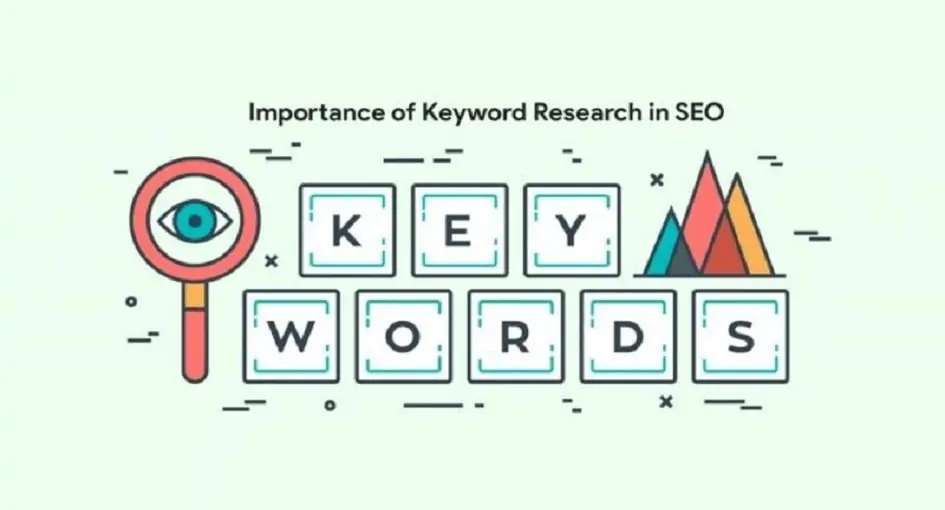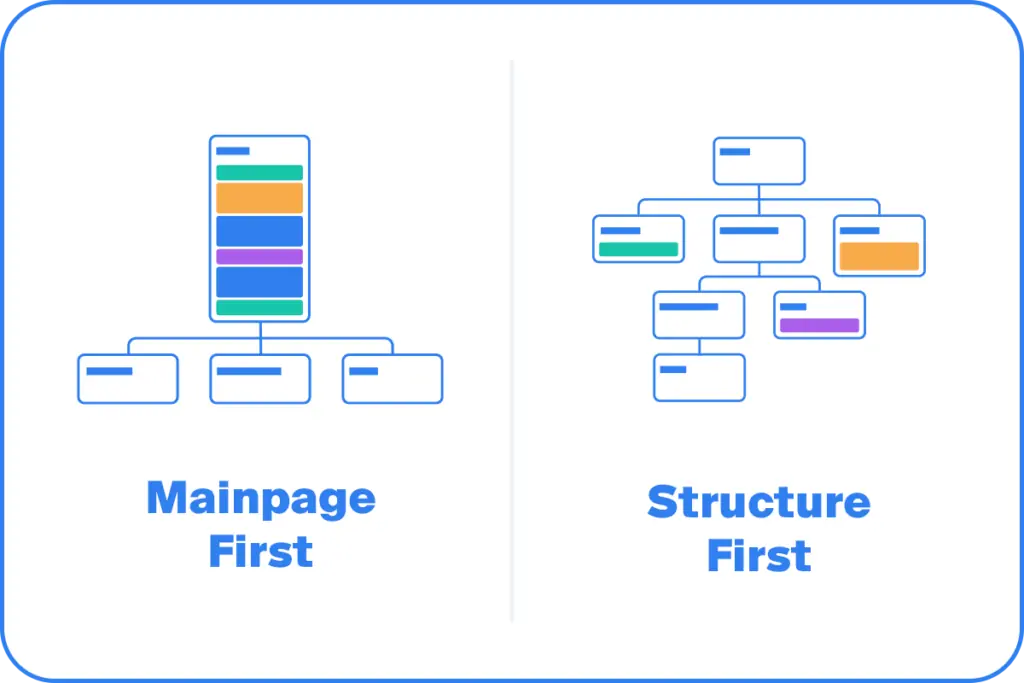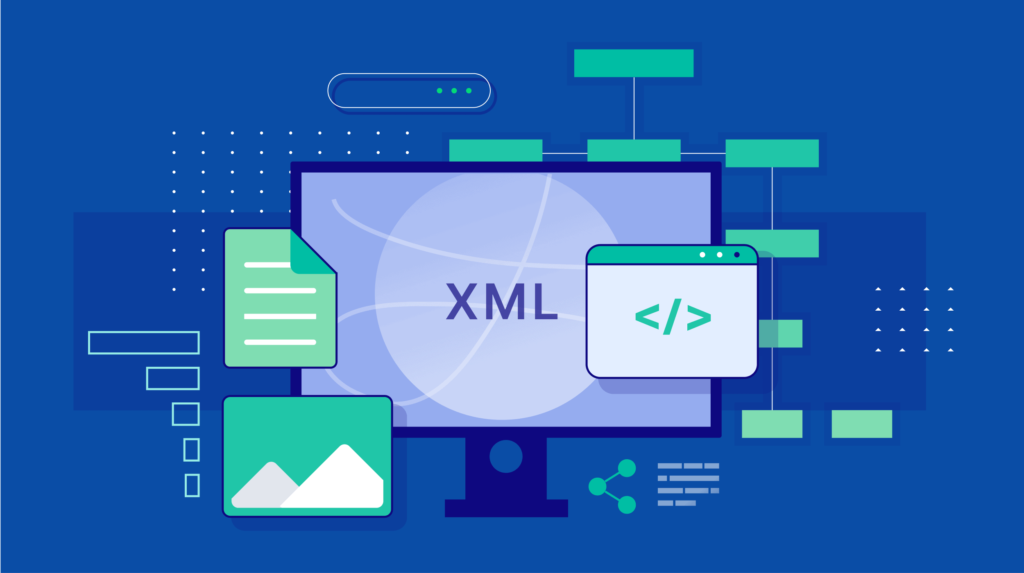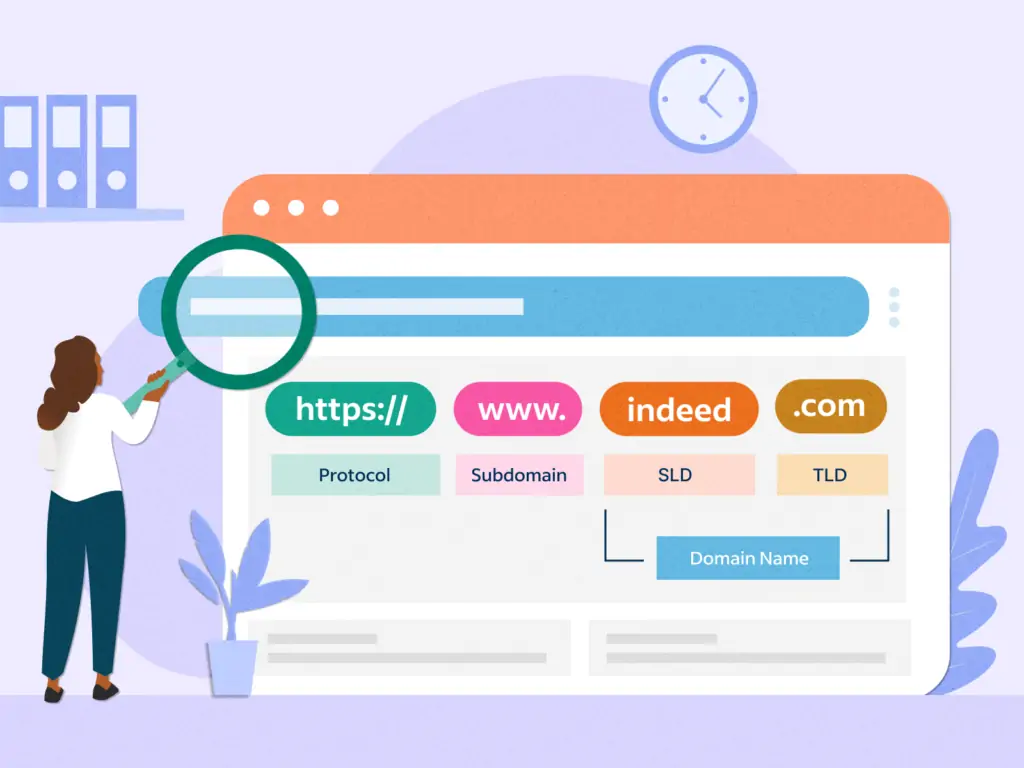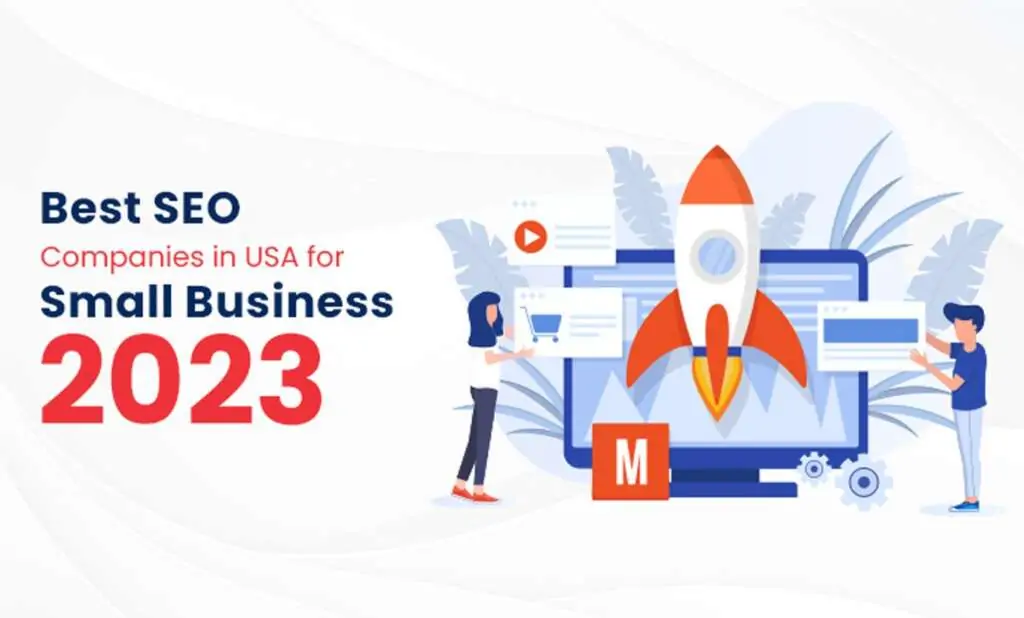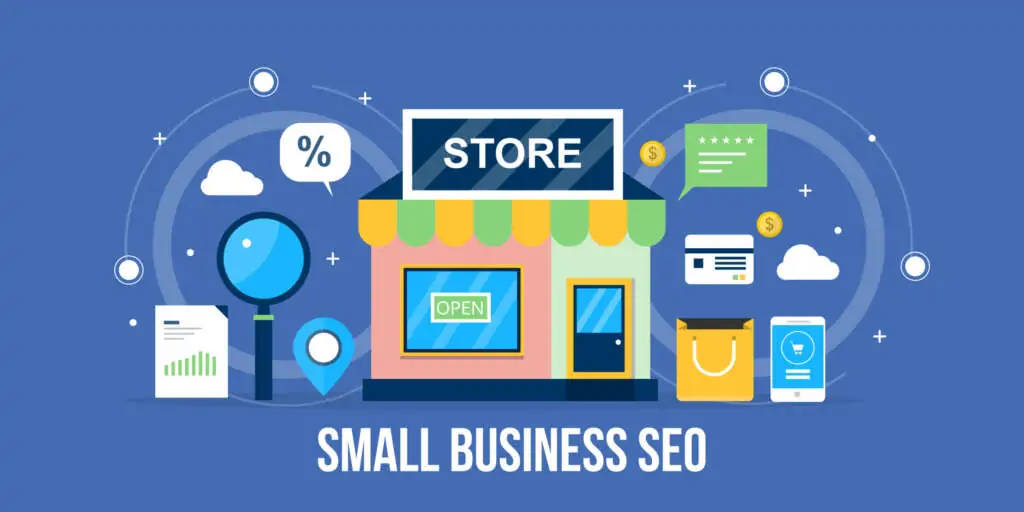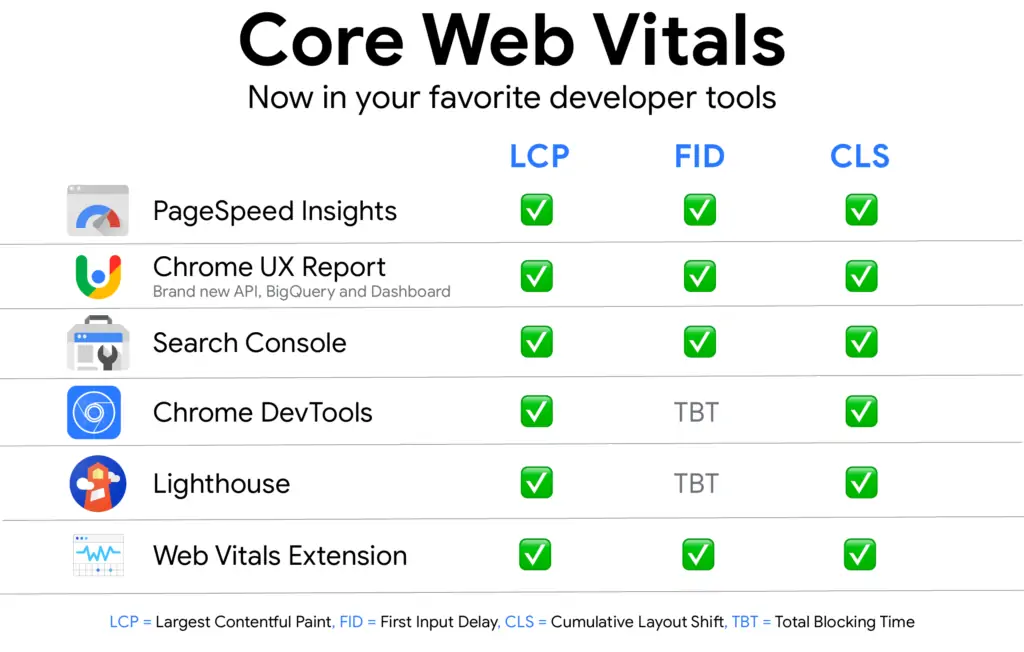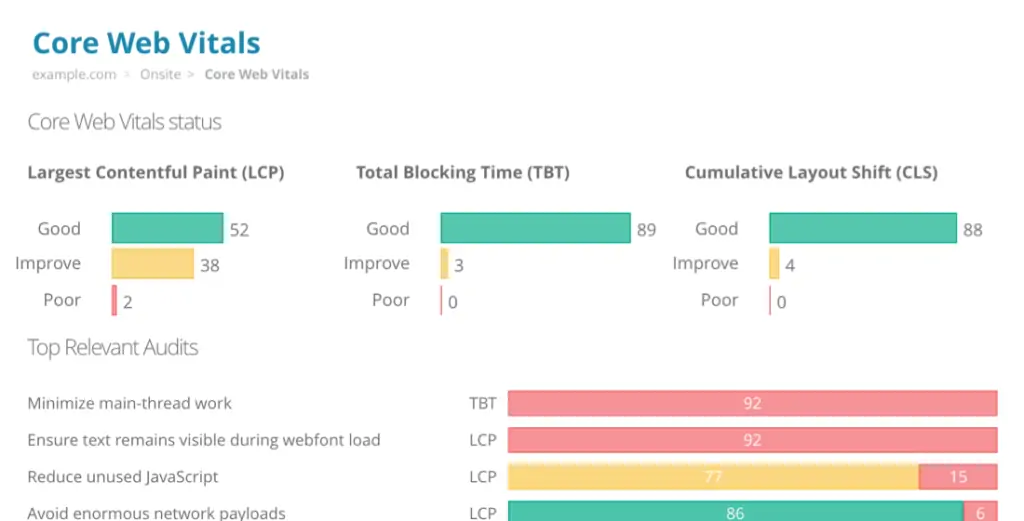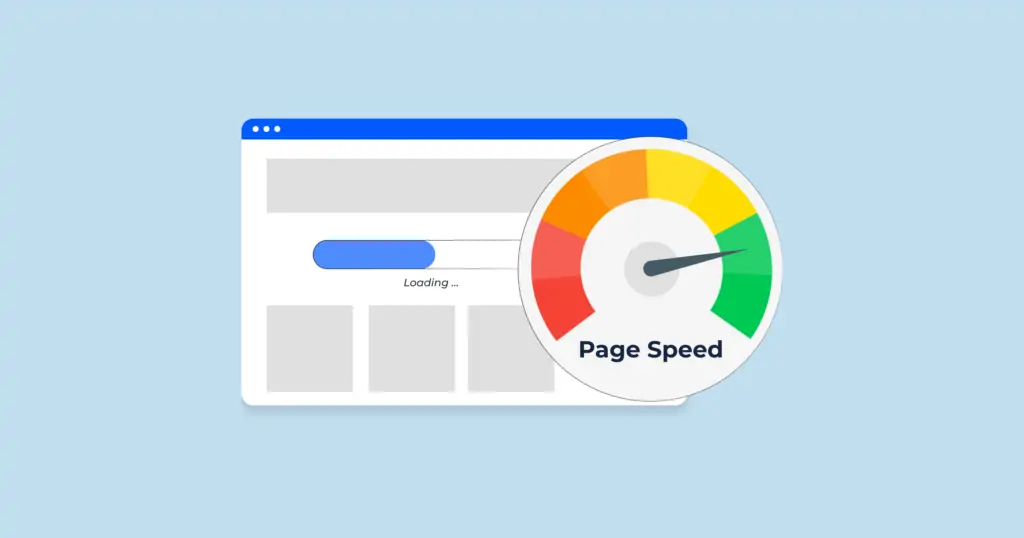Digital Marketing Ads: Features, Benefits, and Revenue Strategies
Digital marketing advertisements have become a potent tool for companies and marketers to reach their target audience, drive engagement, and accomplish business objectives in today’s fast-paced digital ecosystem, where consumers are continuously inundated with information and options. Digital marketing ads span a variety of forms and platforms, from social network promotions to search engine ads, each presenting its own set of potential and difficulties.
Digital marketing ads are promotional messages or material that are shared online to reach a certain audience and accomplish particular marketing goals. These ads employ digital technologies and the internet to interact with consumers on a range of channels, such as email newsletters, social media networks, mobile apps, websites, and search engines.
Text-based search ads, eye-catching display/banner ads, captivating video commercials, interactive social media ads, and flawlessly integrated native ads are just a few of the forms available for digital marketing advertisements. They usually use attention-grabbing imagery, persuading text, and obvious calls to action to draw in viewers and motivate them to perform the intended action—visiting a website, buying something, subscribing to a newsletter, or interacting with brand content, for example. In the digital age, digital marketing advertisements are an invaluable tool for organizations to reach their target audience, drive engagement, and accomplish their marketing objectives because they provide precise targeting possibilities, sophisticated measurement and analytics capabilities, cost-effectiveness, and flexibility.
In the digital era, digital marketing ads examples are crucial for companies to reach their target audience, encourage engagement, and accomplish marketing goals. Global reach, accurate targeting options, strong analytics and measurement capabilities, flexibility, cost-effectiveness, and control over campaign parameters are all provided by them. By offering interactive experiences, they may entice consumers to interact with the material. Because of how widely used the internet is, digital marketing may reach consumers anywhere in the world, gaining market share. Data-driven optimization optimizes outcomes and accomplishes marketing goals.
This in-depth guide examines the definition of digital marketing advertisements, their salient features, the advantages they provide to businesses and marketers, and how they yield income within the digital ecosystem.
Understanding Digital Marketing Ads
A key component of contemporary advertising campaigns is digital marketing which uses digital platforms to link companies with their target market in fresh and powerful ways. These ads come in a range of forms and platforms, such as social network promos and search engine ads, and each one presents a different chance for interaction and conversion. Digital marketing ads ideas are essentially promotional messages or materials that are disseminated via digital platforms to target particular demographics and accomplish predetermined marketing goals.
Digital marketing advertisements, in contrast to traditional forms of advertising, take advantage of the internet’s widespread use and the popularity of digital devices to offer campaigns that are interactive, quantifiable, and targeted. To better grasp their place in the modern marketing environment, let’s take a closer look at the essential elements and workings of digital marketing ads.
Key Aspects of Digital Marketing Ads
Digital marketing ads offer a diverse strategy for connecting and interacting with target consumers on the internet. For campaigns to be successful and produce results, it is crucial to comprehend the fundamentals of digital marketing advertisements. These are the essential elements:
- Targeting: The capacity to target particular audiences based on their demographics, interests, behavior, and other factors is one of the most important features of digital marketing advertisements. Marketers can maximize the efficacy and relevance of their ads by reaching the right people at the right time with the appropriate message, thanks to the advanced targeting possibilities provided by digital advertising platforms.
- Ad Creative: The visual and literary components of the advertisement, such as the headlines, body copy, calls-to-action, videos, and photographs, are referred to as the “ad creative.” The purpose of the advertisement’s creativity is to draw in viewers, successfully communicate the message, and compel them to act.
- Placement: The term “placement” describes where the advertisement will appear on digital media. Placements on websites, search engine results pages, social media feeds, mobile apps, and email newsletters are a few examples of this. The right audience will see the advertisement in the proper context thanks to strategic placement.
- Bidding and Budgeting: Setting a daily or lifetime budget for the campaign and figuring out how much advertisers are ready to spend for each engagement (such as a click or an impression) with their ad are known as bidding and budgeting. In live auctions, advertisers compete with one another to place their ads; the highest bidder gets to keep the spot.
- Ad Formats: The best digital marketing ads are available in a variety of styles, each suited to a certain platform and goal. Search ads are text-based ads that appear next to search engine results. Display ads are image or banner ads that appear on websites. Video ads are short videos that appear on platforms that allow users to share videos. Social media ads are ads that appear in social media feeds. Native ads are ads that are integrated naturally into the platform’s content.
- Measurability and Analytics: With the powerful measurement and analytics tools that digital marketing ads offer, marketers can monitor and evaluate the effectiveness of their campaigns in real-time. Data-driven decision-making is made possible by metrics like impressions, clicks, conversions, click-through rate (CTR), cost per click (CPC), and return on investment (ROI), which offer insightful information about the efficacy of campaigns.
- Flexibility and Customization: With the unmatched flexibility and customization choices provided by digital marketing ads, marketers can easily adapt their campaigns to meet specific goals, target audiences, and financial limitations. Marketers manage every facet of their digital advertising campaigns, from messaging and ad design to targeting specifications and bidding tactics.
- Interactivity and Engagement: Digital marketing advertisements, in contrast to traditional media, provide customers with interactive and interesting experiences. Digital ads stimulate user participation and interaction through interactive films, call-to-action buttons, clickable links, and immersive ad formats. This leads to better levels of engagement and brand memory.
- Ad Formats and Platforms: Digital marketing advertisements are disseminated via diverse formats and channels, each possessing distinct benefits and functionalities. Marketers can select from a wide variety of ad formats and platforms to efficiently reach their target audience, ranging from social media advertising on Facebook, Instagram, Twitter, and LinkedIn to search engine advertising on platforms like Google Ads and Bing Ads.
FAQs
What is digital marketing ads?
With the intention of targeting a particular target population, digital marketing ads are promotional messages or material that are displayed on digital platforms like websites, search engines, social media, and mobile apps. These digital advertisements might be text-based, image-based, video-based, or include interactive components. Their goal is to reach prospective consumers by promoting brands, products, or services.
What are 5 examples of digital marketing?
Search engine optimization (SEO), social media marketing, email marketing, content marketing, and pay-per-click (PPC) advertising are five instances of digital marketing.
What are the 4 major types of digital marketing?
Search engine optimization (SEO), social media marketing, content marketing, and email marketing are the four main categories of digital marketing. These strategies cover a broad spectrum of methods and approaches meant to connect and interact with target audiences online.
What type of digital ads are most effective?
The target demographic, campaign goals, and industry are just a few examples of the variables that might affect how effective digital advertisements are. Nonetheless, there are a few forms of digital advertisements that are frequently regarded as successful. These include search engine advertisements, like Google Ads; social media advertisements on sites like Facebook, Instagram, and LinkedIn; video advertisements on sites like YouTube; and native advertising, which seamlessly integrates with the platform’s content. The most successful kind of digital advertisement will ultimately rely on the advertiser’s preferences and particular objectives.
Does digital marketing really work?
Internet marketing can be successful when implemented correctly, allowing businesses to target their audience, interact with them through various channels, and track their effectiveness in real-time. Strategies like PPC advertising, social media marketing, content marketing, email marketing, and SEO can increase brand awareness, website traffic, leads, and sales.
Is digital marketing easy for beginners?
Digital marketing can be both accessible and challenging for beginners, depending on their background, skills, and willingness to learn. Beginners can access resources like online courses, tutorials, blogs, and forums, and use user-friendly platforms for campaign creation and management. Success in digital marketing relies on curiosity, persistence, and experimentation. By starting with the basics, gradually building skills, and staying updated, beginners can develop the necessary expertise.
Benefits of Digital Marketing Ads
There are several advantages to using digital marketing advertisements for companies looking to reach a wider audience, interact with them, and produce significant outcomes. First of all, these ads offer unmatched targeting power, enabling companies to target particular audience segments according to their demographics, hobbies, and other characteristics. This guarantees that ads are shown to the most relevant audiences, resulting in higher engagement and conversion rates.
Additionally, with the powerful measurement and analytics capabilities that digital marketing advertising provides, firms can monitor and evaluate campaign effectiveness in real-time, gaining important information for data-driven optimization and decision-making. Additionally, because successful digital marketing campaigns examples frequently have lower costs per impression, click, and acquisition than traditional advertising techniques, they are affordable for companies of all sizes. Digital marketing advertising provides organizations with the flexibility and freedom to tailor their campaigns to target demographics, specific objectives, and budgetary limits, resulting in maximum efficiency and performance.
Furthermore, digital marketing advertisements offer a worldwide audience, allowing companies to reach new markets and grow their clientele beyond national borders. Higher levels of user engagement and brand interaction are fostered by the interaction and engagement elements of digital ads, such as call-to-action buttons, clickable links, and interactive content.
Moreover, by refining targeting, message, and creativity based on campaign data and insights, data-driven optimization enables organizations to maximize ROI and results. Finally, individual consumers can receive tailored and pertinent messages from digital marketing ads, which improves brand loyalty and raises the possibility of conversions and repeat business. In general, digital marketing advertisements enable companies to engage with their target market, accomplish their marketing objectives, and promote long-term expansion in the current digital environment.
- Targeted Reach: With the use of digital marketing advertisements, advertisers may target particular audiences according to their demographics, interests, behavior, and other factors, making sure that the correct people see their messages at the right moment.
- Cost-Effectiveness: Digital marketing ads are a cost-effective choice for companies of all sizes since they frequently offer cheaper costs per impression (CPM), click (CPC), and acquisition (CPA) than traditional advertising tactics.
- Measurable Results: Strong measurement and analytics tools offered by digital marketing advertisements enable advertisers to monitor and assess campaign results in real time and fine-tune their approaches for optimal impact.
- Increased Engagement: Digital marketing ads can enhance user engagement through interactive ad formats and captivating content, resulting in elevated brand awareness, consideration, and conversion rates.
- Global Reach: With the ability to reach viewers anywhere in the world, digital marketing advertisements allow firms to access new markets and broaden their customer base.
- Flexibility and Control: Digital marketing advertisements provide marketers with unmatched flexibility and control over campaign settings, enabling them to tailor their approaches to particular goals, target markets, and financial limitations.
How Digital Marketing Ads Generate Revenue for Marketers and Brands
The real life examples of digital marketing ads are an effective means of producing cash for companies and marketers through the facilitation of several processes that drive sales, raise brand awareness, and cultivate customer interaction.
Firstly, through direct purchases and conversions, these ads directly support the creation of money. Marketers can drive transactions and make money by directly marketing goods or services to consumers through digital platforms. This can be done through leads that the advertising generates or through online purchases. Furthermore, through forms, landing pages, and other conversion steps, digital marketing advertisements capture potential clients and play a crucial part in lead creation. Through focused marketing initiatives, these leads can subsequently be developed into conversions and the creation of income.
Moreover, digital marketing advertisements drive traffic to online stores and make purchases possible, enabling e-commerce transactions. Companies can utilize digital ads to market goods, deals, and events and entice customers to buy straight from the advertisement.
Furthermore, digital marketing ads are frequently used by affiliate marketing programs to advertise affiliate goods and services. Marketers are compensated with a commission for each sale or referral that results from their advertising. Digital marketing advertisements can also help subscription models by promoting membership programs and subscription services, bringing in new members, and creating recurring revenue streams.
Finally, digital marketing advertisements increase client lifetime value, promote brand awareness, and encourage customer loyalty in addition to contributing to long-term revenue growth, even though they are not directly linked to immediate income generation.
Brands may position themselves for long-term success and revenue growth by staying visible in the digital space and interacting with people through interesting and relevant content.
- Direct Sales: Direct sales are one of the main ways that digital marketing advertisements make money. Marketers and companies can increase conversions and revenue by directly marketing goods and services to consumers via digital media.
- Lead Generation: Using forms, landing pages, and other conversion steps, digital marketing ads can also be effective tools for generating leads. The company can thereafter make money by nurturing these leads through focused marketing campaigns and eventually turning them into paying clients.
- E-commerce Transactions: Digital marketing advertisements are essential for e-commerce companies to drive online sales and transactions. Businesses can draw clients to their online storefronts and streamline transactions by marketing products and special offers through digital platforms. This allows them to make money directly from online purchases.
- Affiliate Marketing: Digital marketing advertisements can be used to advertise affiliate goods and services. When a sale or referral is made as a result of a marketer’s promotion, they are paid a commission. Marketers can profit from affiliate commissions on sales generated by their digital marketing campaigns by utilizing affiliate partnerships and tracking affiliate links.
- Subscription Models: Some companies utilize digital marketing advertisements to advertise membership services and subscription services, especially in the software as a service (SaaS) and subscription-based industries. Recurring revenue streams from subscription fees can be produced by businesses through the acquisition of new subscribers and retention of current ones through targeted advertising.
- Brand Awareness and Loyalty: Digital marketing ads can boost revenue over the long run by raising customer lifetime value, cultivating brand awareness, and encouraging customer loyalty—all of which are not immediately related to the generation of income right away. Brands may position themselves for long-term success and revenue growth by staying visible in the digital space and interacting with people through interesting and relevant content.
The Future Of Digital Marketing Ads
Driven by changing consumer behaviors, industry trends, and technological breakthroughs, digital marketing advertising is expected to have a dynamic and transformational future. The future of digital marketing advertisements is anticipated to be shaped by several significant developments:
- AI and Machine Learning: Digital marketing ads are being revolutionized by artificial intelligence (AI) and machine learning algorithms, which make it possible for more precise targeting, customized messages, and predictive analytics. Massive volumes of data may be analyzed by AI-powered systems to spot trends, instantly improve campaigns, and provide users with more relevant and interesting ads.
- Augmented Reality (AR) and Virtual Reality (VR): VR and AR technology are opening up new avenues for interactive and immersive advertising. To engage customers in novel ways and increase brand engagement and loyalty, brands can produce gamified experiences, interactive 3D ads, and virtual product demos.
- Voice Search and Smart Assistants: The way that customers interact with digital information and ads is changing due to the advent of voice search and smart assistants such as Apple Siri, Google Assistant, and Amazon Alexa. In the era of smart speakers and speech-activated devices, marketers will need to tailor their ads for voice search and investigate new avenues for audio-based advertising to reach customers.
- Data Privacy and Regulation: Regulations like the California Consumer Privacy Act (CCPA) and the General Data Protection Regulation (GDPR) are influencing how companies gather, utilize, and safeguard customer data for digital advertising in response to growing concerns about data privacy and consumer protection. To sustain consumer trust and regulatory compliance, advertisers must place a high priority on permission, transparency, and adherence to privacy standards.
- Contextual Advertising: As an alternative to cookie-based targeting, contextual advertising—which targets ads based on the content and context of the web page or digital platform—is becoming more popular. Contextual advertising provides an efficient and privacy-friendly means of reaching relevant audiences based on the content they consume, especially in light of the decline of third-party cookies and the heightened privacy requirements.
- Emerging Platforms and Channels: To effectively engage consumers on these platforms, marketers will need to modify their advertising strategies when new digital channels and platforms, including TikTok, Snapchat, and developing social commerce platforms, arise. Influencer marketing, live streaming, and social commerce have opened up new channels for firms to reach customers and increase revenue through digital ads.
- Sustainability and Corporate Social Responsibility (CSR): When making judgments about what to buy, consumers place a greater emphasis on corporate social responsibility, sustainability, and ethical company practices. As a result, to connect with socially conscious consumers and foster brand loyalty, firms must include principles like environmental sustainability, social justice, and diversity in their digital marketing ads.
Conclusion: With their unmatched targeting, measurability, and engagement capabilities, digital marketing ads are an essential component of contemporary marketing strategy for both businesses and marketers. Businesses may reach their target audience, increase engagement, and make money through direct sales, lead generation, e-commerce, affiliate marketing, subscription models, and brand awareness campaigns by skillfully utilizing digital advertising platforms and strategies.
The digital marketing ads of the future will be shaped by creativity, individualization, and moral responsibility; they will make use of cutting-edge technologies, give top priority to customer privacy, and support CSR and sustainability projects. In today’s digital-first environment, businesses can achieve long-term success and growth with the appropriate strategy and investment in digital marketing advertisements.





